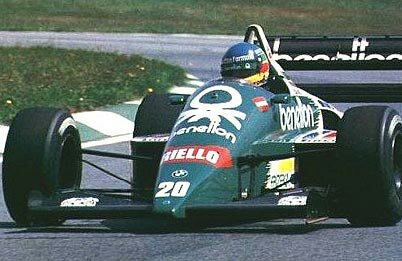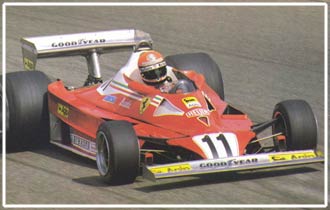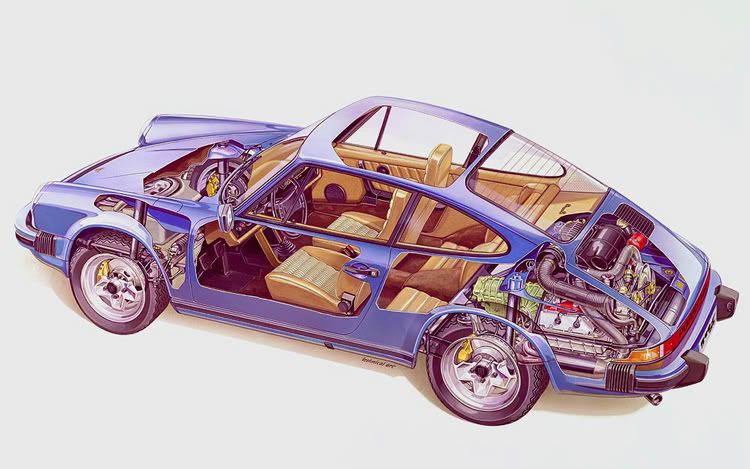That's a good question indeed, and I only know half the answer.

Firstly, the overhead airboxes with large volume suit only N/A engines with big displacement. When turbos came in action, they feeded engines with only 1500cm3 of displacement, reducing the need for high-volume intakes (that have also a bad effect in aero drag). Furthermore, at least in the V engines with twin-turbos, it was common sense to place the intakes near the side located turbos, therefore typically the feed being made on top the sidepods.
The typical turbo scoops located in the top of the sidepods:

McLaren used them on the sides of driver's helmet also:

Williams also used simple holes on the side of the sidepods (behind and below the "Canon" logo:

Toleman/Benetton used scoops on the top of the sidepods, but close to the middle section of the car:

Turbos aside, back in the 70's and in the V8 and V12's with 3500cm3, there was a time when dimensions of the airbox were free. This culminated in the 1975 season and in things like this:

These airboxes were deemed dangerous (and were ugly as hell

) and in 1976, there were restrictions imposed (by volume? by dimensions? probably by placement but help is wanted!). These restrictions gave room for some creative thought that originated in solution that went from these:

to the Ferrari solution of air fed by the sides of the monocoque (they had a boxer engine, that explained that, also):

What I cannot explain is why, from 1978/79 onwards the trend went to have no ducts feeding the engine and leaving the admission trumpets exposed, what should be, on the aero side, a bad move:

or even letting some of the engine exposed:

But it must be noticed that this trend appear more or less by when windtunnels began being used currently by F1 teams. Even when N/A engines reappeared, in 1988, many cars adopted this configuration:

My bet would be that the internal dynamics of the airbox really only started being explored by 1989 or so, and that should be when became apparent that a few hp's could be won by a carefully designed airbox (one that would have an adequate shape and would be sealed around the admission trumpets, to increase the dynamic pressure around the intake). The previous designs were, perhaps, not more than fairings around the engine and trumpets and, after 1975, when large admission volumes (increasing pressure "the dumb way") became impossible to be used, the power increase wouldn't compensate anymore the drag penalty.












